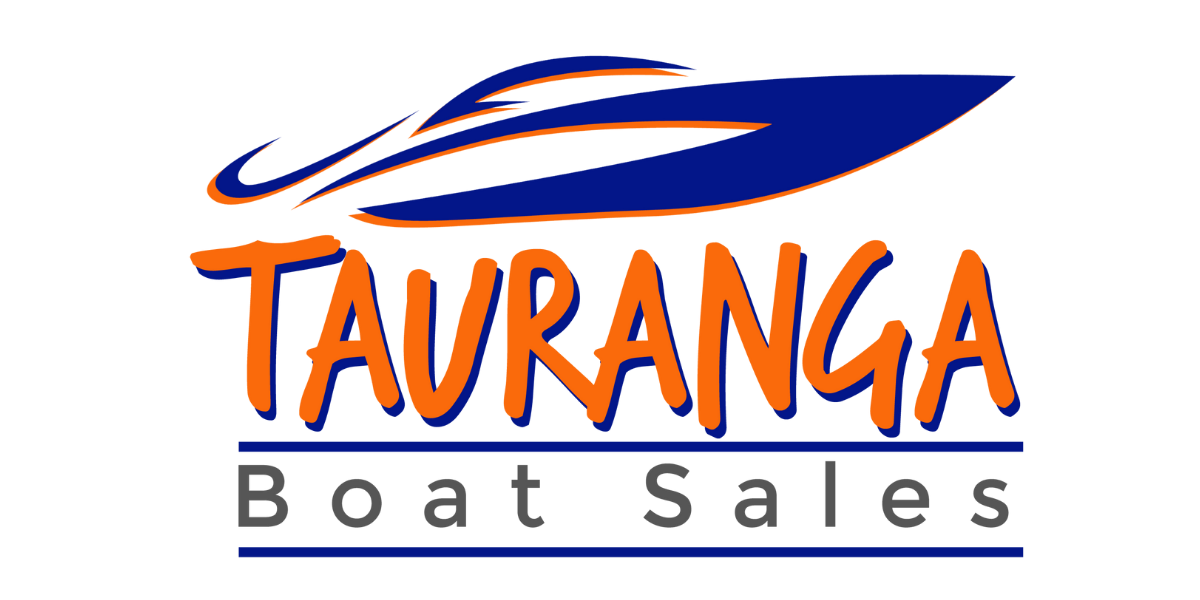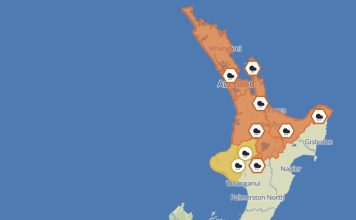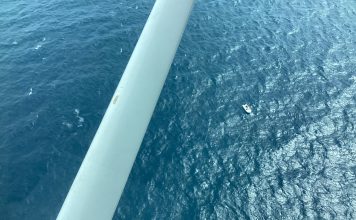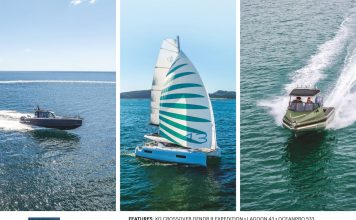There is something magical and freeing about adventuring beyond New Zealand’s shores, and I feel the mid-year Pacific Rally could draw me closer to that magic.
Sauvage must be CAT 1 certified, but right now she falls short, mostly in the areas of electronics (AIS, RADAR, auto-pilot), and in formal certification.
So, over the coming months I will be driven by my desire to tick off the CAT 1 requirements. But have I left my run too late for this year?
Before I can even start looking at what I need, I need to complete a ‘last few’ onboard jobs, some already started, and one now finished. A prerequisite to CAT 1 is to have functioning water tanks. We have five water tanks on Sauvage, four centrally located in the bilge under the saloon, the fifth under a bed in an aft cabin. Of the four saloon tanks, there are two internally connected tanks on the starboard side and two on the port side.
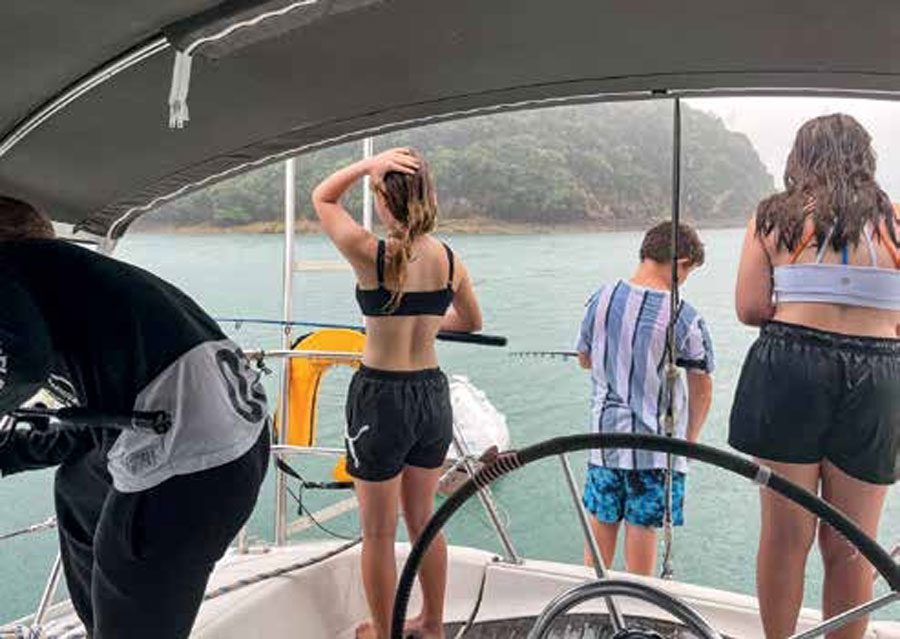
Working properly, these four under-saloon tanks provide our water while the fifth, cabin tank, which is normally stoppered, is our back-up. If we get down to the fifth tank, we only have 175l of fresh water left and need to make more immediately!
The saloon tank pipework leaked. A few hours’ investigation and not one but two leaks were found in the pipes’ stainless-steel elbows. Fast-forward two days, after having worked through why there were leaks, then attempting a fix with the existing elbows before deciding that these really were a lost cause, I finally settled on buying and installing replacement joints. Joints installed, leaks stopped, problem solved.
I have a few other ‘small’ jobs to do, but with no time to waste, I will now start looking at our electronics and formal certification requirements. Next month I will update you on progress! As the old saying goes, “It Takes Money to Buy Whiskey” (and Kirsten tells me I am awfully optimistic), but let’s see what we can do between now and the travelling window this year.
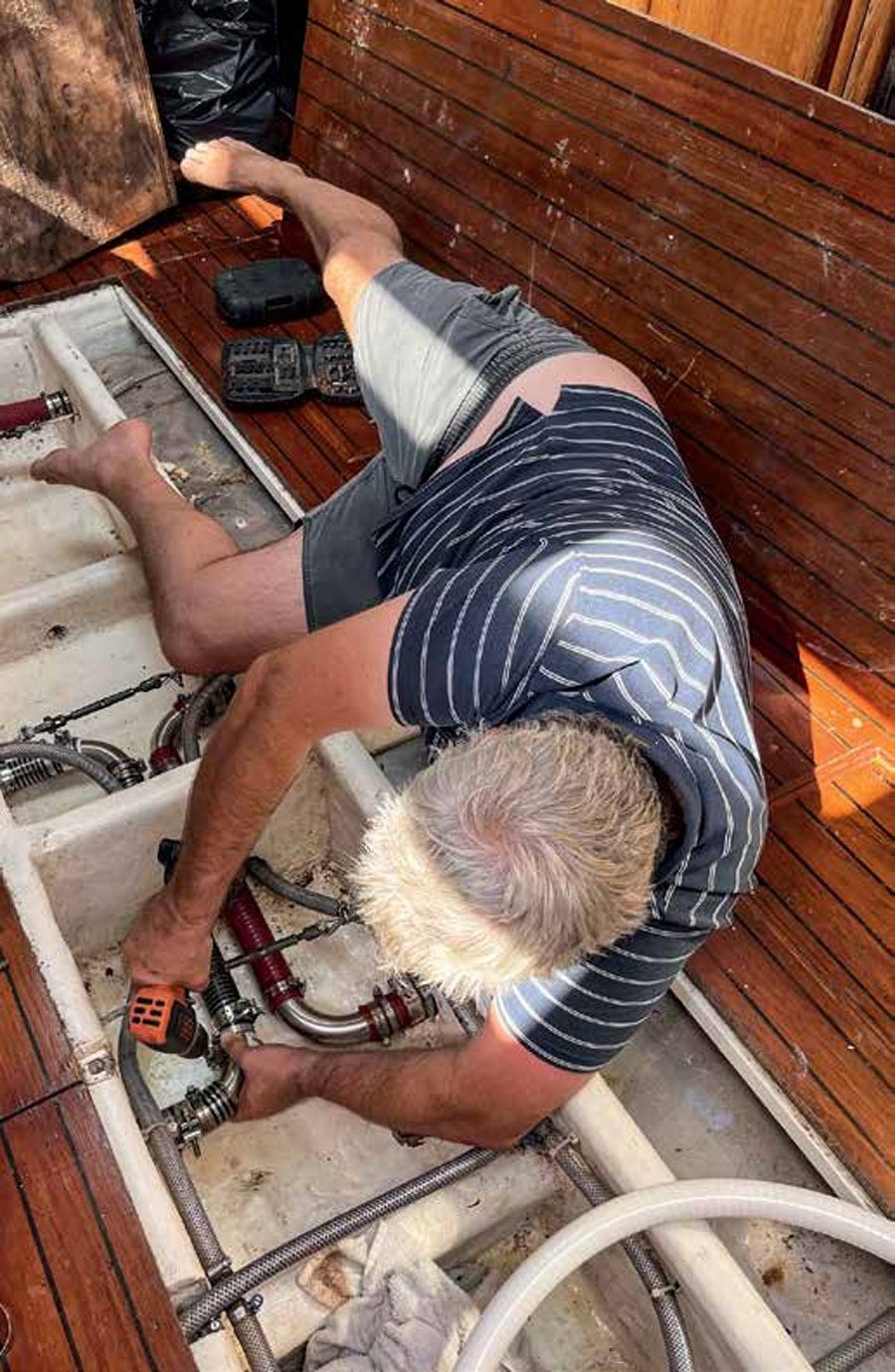
To make matters worse, this past month has been a real frustration. It’s been the never-ending saga of cyclones, storms, and high winds. In all my nearly 50 years, I have never experienced a New Zealand summer with so many storms. We’ve spent longer on the road travelling to and from Sauvage to check she’s weathered the last bout of wind and rain than aboard Sauvage herself.
Towards the end of January, we’d returned from Aotea Great Barrier Island earlier than we’d wanted as the weather forecast was telling us that storms were coming. We’ve sheltered at Great Barrier and Waiheke Islands during previous storms and enjoyed the enforced rest, but this time it was too close to the start of the school year.
We were as surprised as most at the ferocity of the rain and thunderstorms that came on Auckland Anniversary Weekend.
Once the roads were safe to travel, we headed to Auckland to make sure Sauvage wasn’t in trouble from the heavy rain as two of our windows have slow leaks which we plan to fix soon for CAT 1. We weren’t sure what to expect and were pleased to find she had held up well. But we were already hearing murmurs of a tropical cyclone heading our way.
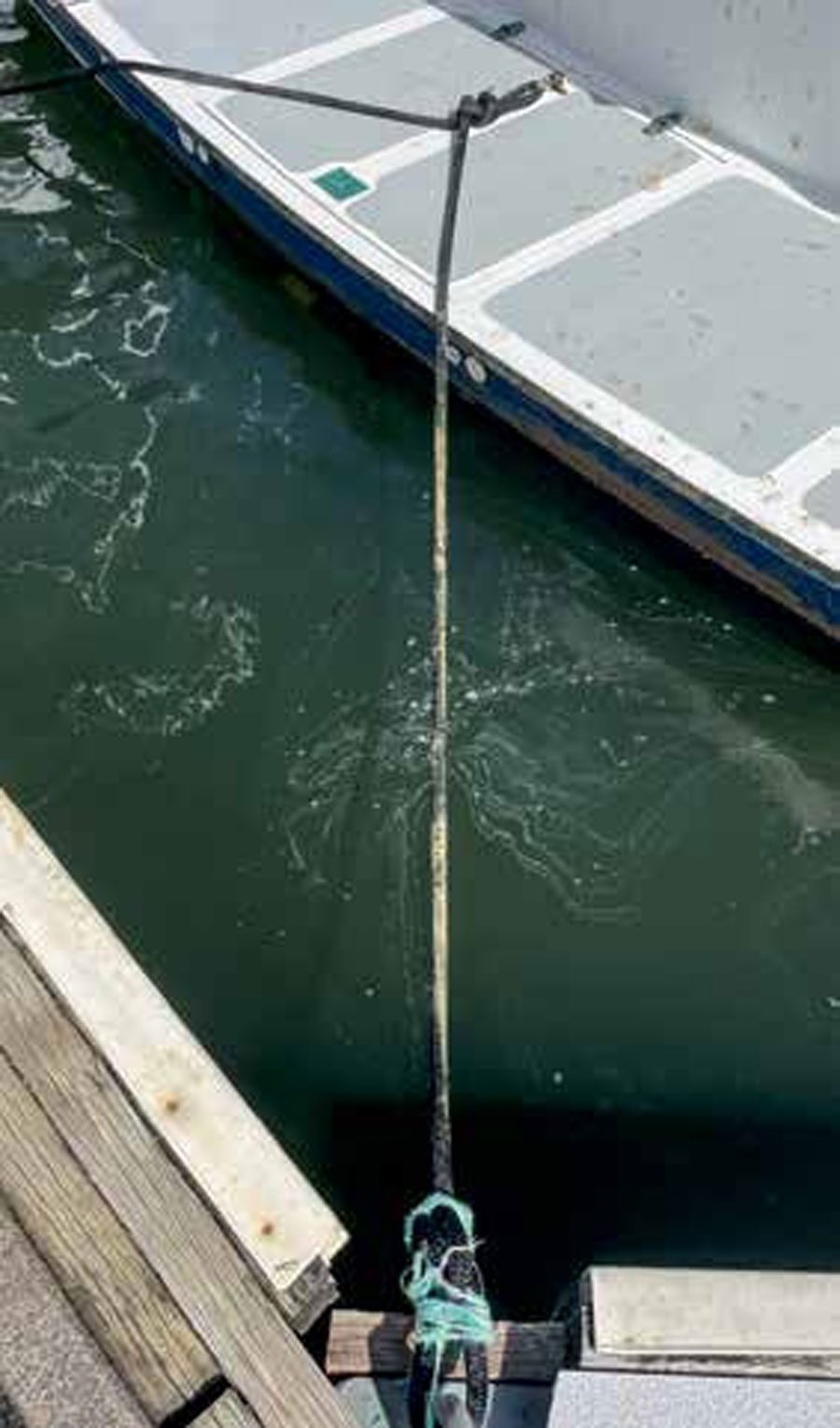
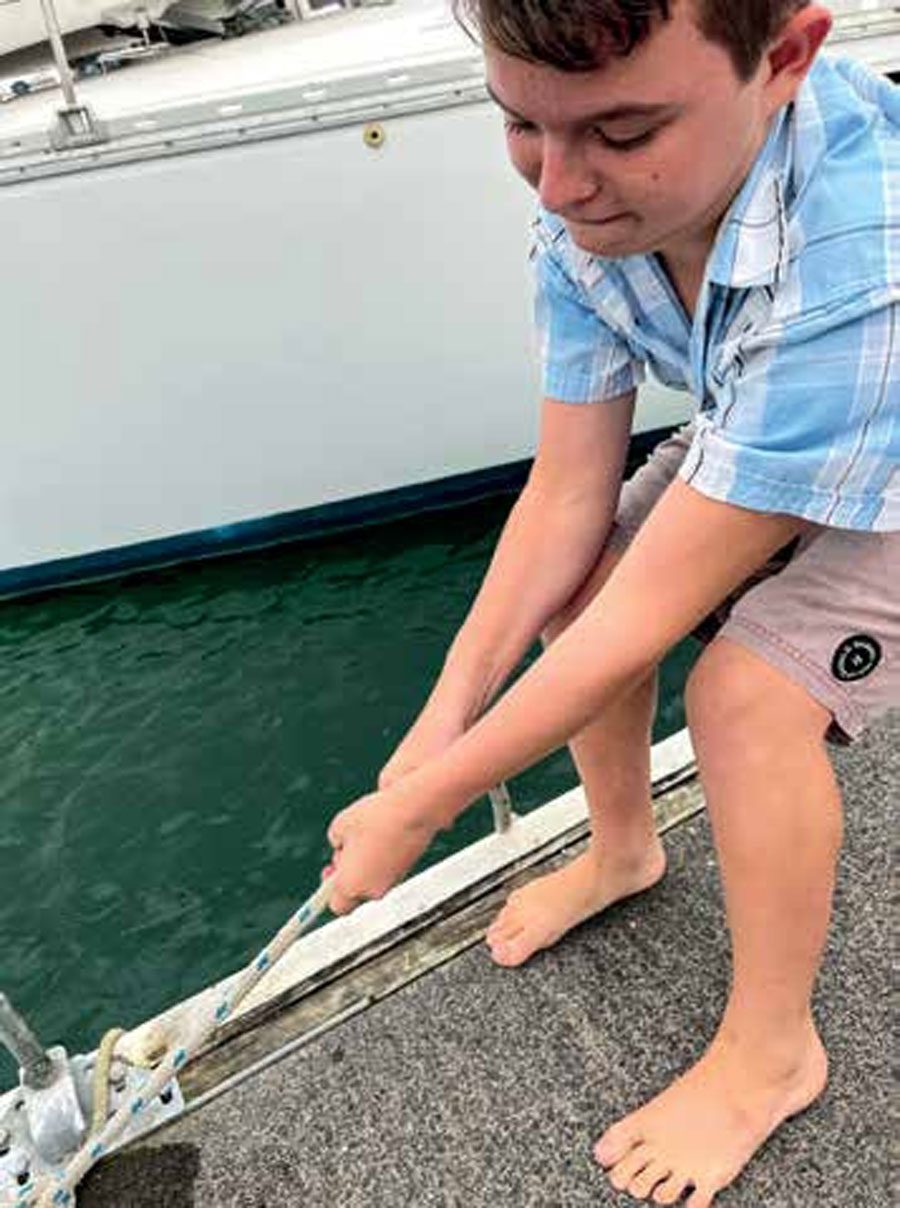
Expecting ex-Tropical Cyclone Gabrielle to ravage Auckland on February 12, and with a day to spare, we visited Whangaparaoa to secure Sauvage to the dock with more lines than usual, further secure our tender, and tighten the ties around our genoa and mainsail.
Then the next day Gabrielle hit. Through the news we’d expected 150km/h winds and 300mm of rain, while the Gulf Harbour Marina office posted that Whangaparaoa was expecting five- to seven-metre waves.
We were worried. The winds at our home in Cambridge blew down our walnut tree, and given we weren’t as hard hit as Auckland, we knew the winds at Whangaparaoa must be bad. So we counted the days, waiting to get back up to the boat to check her for damage. In the meantime, we gleaned as much news as possible. The stories of 12m waves off the coast of New Zealand and videos of high waves and flooding at Orewa filled us with trepidation. We hoped Sauvage would come through unscathed.
Then, finally, the weather subsided. Again, we found ourselves on the road to Auckland to check our yacht for damage.
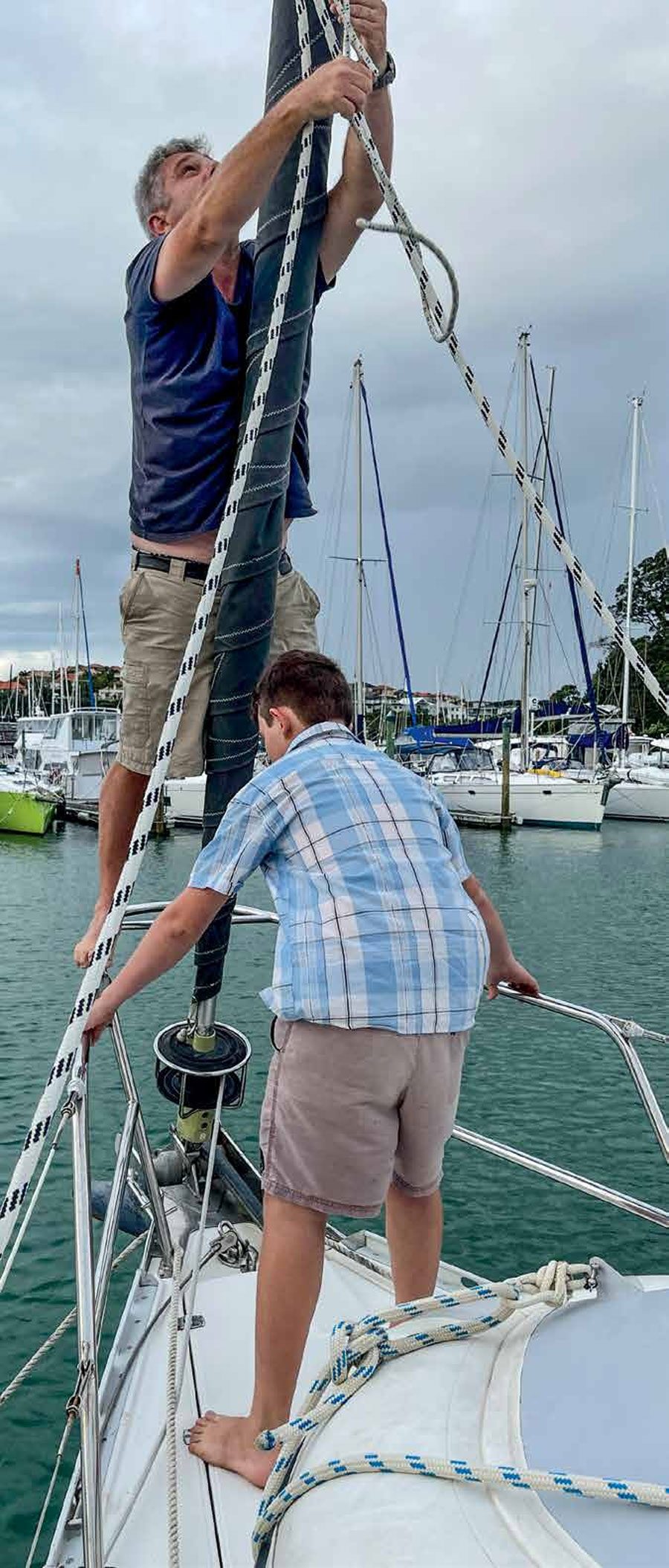
We expected the worst when we arrived at Gulf Harbour. How relieved we were when we rocked up to find everything as normal. No devastation. Nothing to panic about. Gabrielle seems to have let the marina and Sauvage off lightly. Our worst damage – if you could call it that – was to our mooring line tying the yacht’s starboard bow to the pole: it was clearly frayed due to wearing. We imagine that Sauvage had been shoved backwards and forwards in her berth by the winds.
A few boats had brown splotches. We noticed this only happened where mooring ropes were dirty – whether dirty beforehand or dirty from Gabrielle we can’t say. Our yacht had brown splotches from the dirty mooring ropes of the boat parked on the other side of the pontoon. So, the dirt must have been thrown through the air and over the pontoon to land on Sauvage – which suggests the winds were very, very strong. No wonder our mooring rope frayed!
With the wind, my biggest concern has been Sauvage’s transom arch. The arch was designed to hold my sizable solar panels well out of the way of the daily hum of living and sailing. You may recall that during the Covid lockdowns, I worked with an Auckland steel fabrication company on a transom arch design which they subsequently built and installed. However, in stronger winds I noticed the transom arch rattled around more than I like. It needs stabilising. The arch is very tall, taller than I had asked for. Unfortunately, the company who designed and installed it is proving uncontactable, so I will move to a more reliable supplier closer to the marina. I hope new brackets will suffice and I won’t have to go to the trouble of having to fabricate another brace.
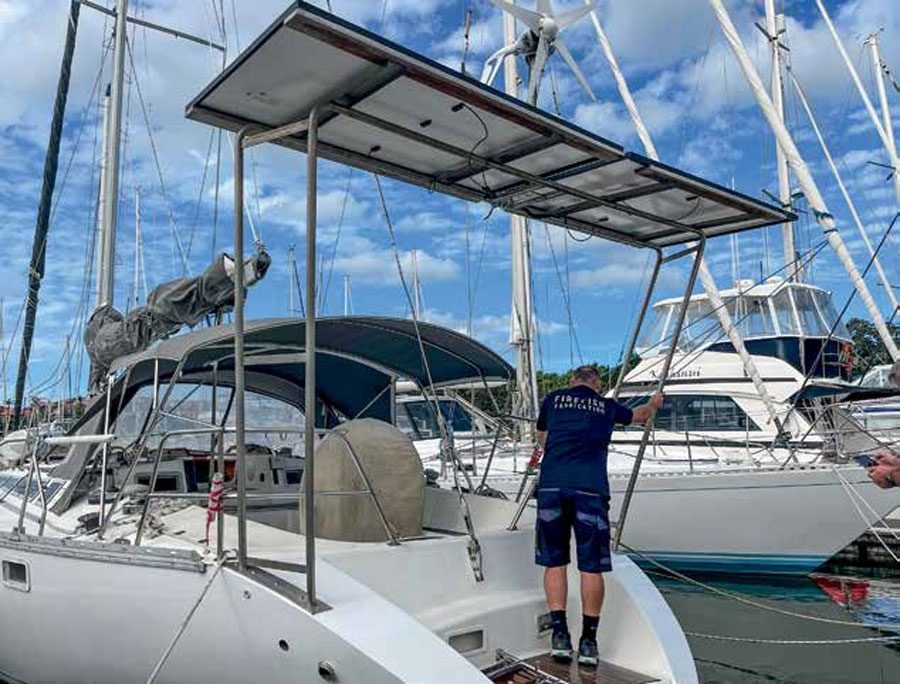
My biggest frustration in the past month was the way weather, work and travelling distance conspired against me. I have not been able to take Sauvage out since late January. Kirsten and I have spent many late nights discussing how we can go from our current situation to being liberated – free to travel on Sauvage to see more of the magic that lies both close and far. So, we have made our plans and our journey has begun.
I’ve started to investigate how we can gain our Cat 1 certificate. Kirsten is exploring how we can be more selfsufficient – I hear murmurs about coastal foraging, seaweed as food, edible succulents and growing vegetables in plastic bottles and pipes. Soon we will start looking at home-schooling options for a range of secondary school years and courses.
Together, Kirsten and I are also tackling the interesting question of how we can financially support ourselves if we are to spend a lengthy time away on our new sailing adventures. BNZ








